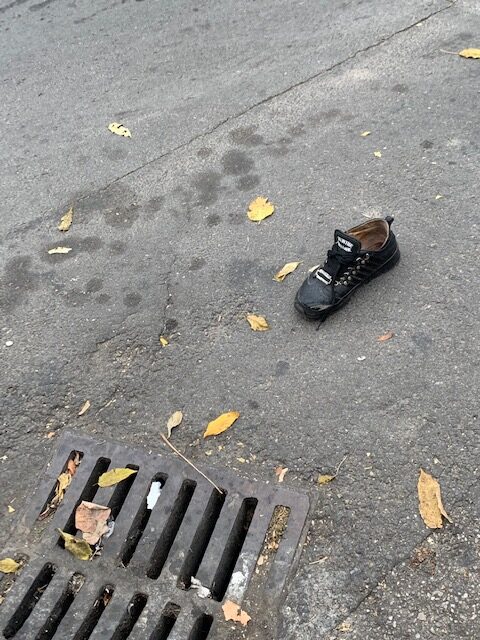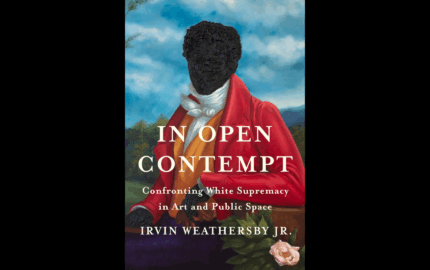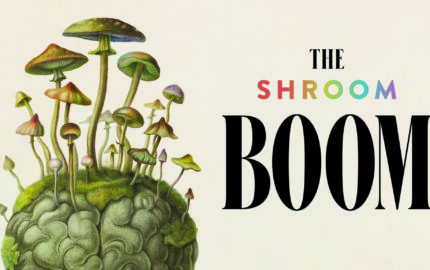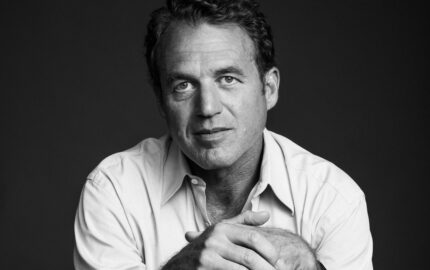By Jacqui Banaszynski
I have been weary with heartache, confusion and a deep sense of "should" since Hamas waged a vicious, surprise attack on Israel Oct. 7. The heartache and confusion need no explanation. The "should?" As a journalist hosting a community of other journalists, the leaning is to wade into the most significant news of the moment. It feels negligent not to.
But I believe, even more strongly, that commentary for its own sake — without original reporting or expertise to ground it — is just more blather. It may not be as dangerous as the waves of fake videos flooding the internet as a rekindled war grows white-hot. But it doesn't add clarity, context or understanding — and journalism that doesn't do at least that is empty of value.
So I bow with gratitude to the journalists who dare to wade into the center of the growing flame; many already have lost their lives to bear needed witness. I follow the many sites that link to the best coverage of the moment — and encourage you all to do the same. I push aside other tasks to read trusted news through the day and, when sleepless, listen to BBC reports through the night. I try to filter out obvious propaganda — a challenge in these confusing times and that confusing place. I listen to interviews with an ear to inconsistencies or bumper-sticker rhetoric. I study with special attention the stories that offer background to this iteration of an endless conflict and those that provide guidance for ferreting out false information.
Then I remind myself that I have my own work to do and that I provide more value when I tend to it.
This week and next, that work finds me back in Romania, a place that has been special both professionally and personally. I never remember when I first came here, to help a former Missouri School of Journalism student teach a group of young, aspiring journalists in his native Romania. 2011? 2010? I came every year after through 2019. (You can search Storyboard to find much of the energy and expertise we built through that time, at The Power of Storytelling conferences; even more of it is archived under the "editions" menu on the conference website.) Four years after COVID interrupted the momentum, I'm thrilled to be back. The original group of fledgling journalists I worked with has taken flight. Now Cristian Lupsa and I will be holding a weeklong workshop for a new batch of writers.
Being here somehow puts the tugs of daily life in perspective. Political differences between the vaunted democracy of the U.S. and the struggling ones in Eastern Europe lessen; far-right nationalist movements are gripping both. A talk with a journalist here who covers the health-care industry reveals flaws that sound frustratingly familiar. The RON-to-USD exchange rate is now 5:1 — a 20 percent devaluation of Romanian money since my first visit, even as restaurant prices rival those in Seattle and housing costs rise out of reach.
World events also feel closer here. Some of that, no doubt, is pure geography. Tangible fragments of the war in Ukraine spill over the northern border of Romania; the emotional toll is palpable as the country absorbs refugees and shudders at its fragile location between Russia and Western Europe.
Not many years ago, I would have been pounding on an editor's desk, agitating to cover these things directly. But then I remind myself that my core value as a journalist has not been to cover the politics driving events, but the people overrun by those drives. I did my time covering local and state politics, and imagined someday walking the halls of Congress or the Supreme Court with my notebook. But I found myself drawn more strongly to the stories of ordinary people navigating their way through the mazes of life — mazes which can make ordinary life anything but.
Thus the photo of the empty shoe at the top of this newsletter. I took it on a street in Bucharest in 2017. It was snapped as a joke-gift to a journalist who has made a personal project of photographing the abandoned gloves, hats and shoes in his Minnesota neighborhood. When I stumbled across it in my photo file this week, I read another meaning. I found myself thinking of the stories held in empty shoes through the ages — those in giant bins at Holocaust museums, those on highways after car crashes, those lined up as memorials to people killed in war, those lined up in a closet after a loved one has died. And yes, those kicked off the foot of a child restless to be freed from the confines of a stroller.
I have long wondered what it is with shoes. But this week, following events in the Gaza and Ukraine, and finding that photo, made me realize that shoes hold stories just as surely as they held the people who lived those stories. Those stories, beyond the ones filed from the trenches of active warfare or the press conferences claiming official accounts, are necessary work. They help us understand a shared humanity. And they demand their own special skill, integrity and courage.
My role now is that of editor, teacher, coach. The best value I can provide is to support the next generation of journalists whose turn it is to do that work.
I have been weary with heartache, confusion and a deep sense of "should" since Hamas waged a vicious, surprise attack on Israel Oct. 7. The heartache and confusion need no explanation. The "should?" As a journalist hosting a community of other journalists, the leaning is to wade into the most significant news of the moment. It feels negligent not to.
But I believe, even more strongly, that commentary for its own sake — without original reporting or expertise to ground it — is just more blather. It may not be as dangerous as the waves of fake videos flooding the internet as a rekindled war grows white-hot. But it doesn't add clarity, context or understanding — and journalism that doesn't do at least that is empty of value.
So I bow with gratitude to the journalists who dare to wade into the center of the growing flame; many already have lost their lives to bear needed witness. I follow the many sites that link to the best coverage of the moment — and encourage you all to do the same. I push aside other tasks to read trusted news through the day and, when sleepless, listen to BBC reports through the night. I try to filter out obvious propaganda — a challenge in these confusing times and that confusing place. I listen to interviews with an ear to inconsistencies or bumper-sticker rhetoric. I study with special attention the stories that offer background to this iteration of an endless conflict and those that provide guidance for ferreting out false information.
Then I remind myself that I have my own work to do and that I provide more value when I tend to it.
Finding perspective
This week and next, that work finds me back in Romania, a place that has been special both professionally and personally. I never remember when I first came here, to help a former Missouri School of Journalism student teach a group of young, aspiring journalists in his native Romania. 2011? 2010? I came every year after through 2019. (You can search Storyboard to find much of the energy and expertise we built through that time, at The Power of Storytelling conferences; even more of it is archived under the "editions" menu on the conference website.) Four years after COVID interrupted the momentum, I'm thrilled to be back. The original group of fledgling journalists I worked with has taken flight. Now Cristian Lupsa and I will be holding a weeklong workshop for a new batch of writers.
Being here somehow puts the tugs of daily life in perspective. Political differences between the vaunted democracy of the U.S. and the struggling ones in Eastern Europe lessen; far-right nationalist movements are gripping both. A talk with a journalist here who covers the health-care industry reveals flaws that sound frustratingly familiar. The RON-to-USD exchange rate is now 5:1 — a 20 percent devaluation of Romanian money since my first visit, even as restaurant prices rival those in Seattle and housing costs rise out of reach.
World events also feel closer here. Some of that, no doubt, is pure geography. Tangible fragments of the war in Ukraine spill over the northern border of Romania; the emotional toll is palpable as the country absorbs refugees and shudders at its fragile location between Russia and Western Europe.
Not many years ago, I would have been pounding on an editor's desk, agitating to cover these things directly. But then I remind myself that my core value as a journalist has not been to cover the politics driving events, but the people overrun by those drives. I did my time covering local and state politics, and imagined someday walking the halls of Congress or the Supreme Court with my notebook. But I found myself drawn more strongly to the stories of ordinary people navigating their way through the mazes of life — mazes which can make ordinary life anything but.
Life stories left behind
Thus the photo of the empty shoe at the top of this newsletter. I took it on a street in Bucharest in 2017. It was snapped as a joke-gift to a journalist who has made a personal project of photographing the abandoned gloves, hats and shoes in his Minnesota neighborhood. When I stumbled across it in my photo file this week, I read another meaning. I found myself thinking of the stories held in empty shoes through the ages — those in giant bins at Holocaust museums, those on highways after car crashes, those lined up as memorials to people killed in war, those lined up in a closet after a loved one has died. And yes, those kicked off the foot of a child restless to be freed from the confines of a stroller.
I have long wondered what it is with shoes. But this week, following events in the Gaza and Ukraine, and finding that photo, made me realize that shoes hold stories just as surely as they held the people who lived those stories. Those stories, beyond the ones filed from the trenches of active warfare or the press conferences claiming official accounts, are necessary work. They help us understand a shared humanity. And they demand their own special skill, integrity and courage.
My role now is that of editor, teacher, coach. The best value I can provide is to support the next generation of journalists whose turn it is to do that work.



